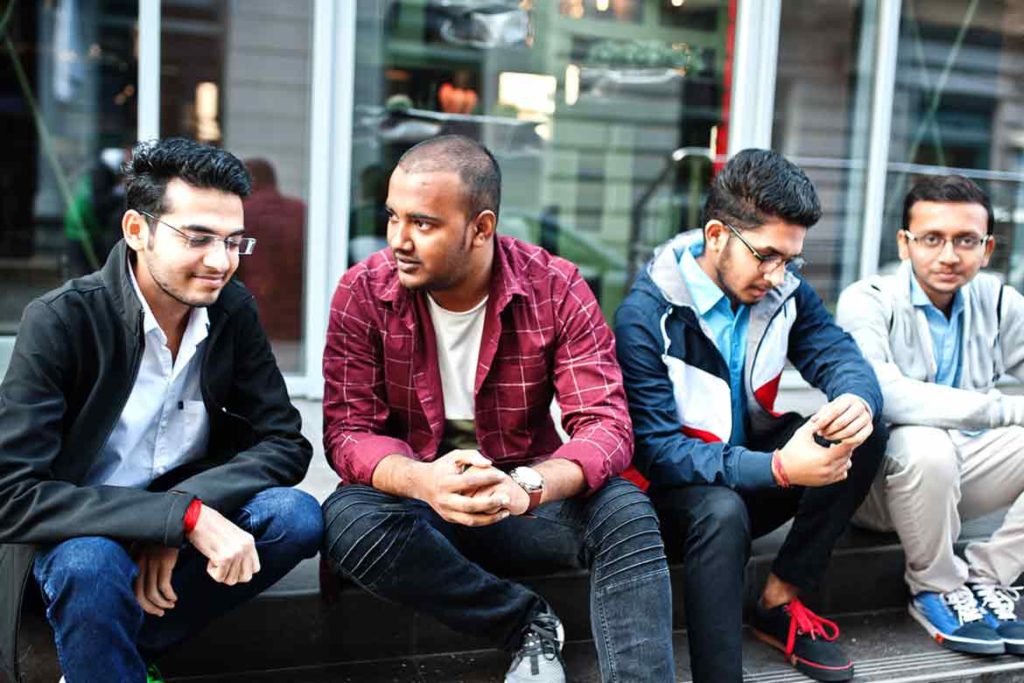India has one of the youngest population in the world. In India, more than 62% of the population is between 15 and 59 years of age and the average age of the population is below 30 years. This implies that India is passing through a phase of ‘demographic dividend’ representing the potential for economic growth based on the age structure of the population. However, to realise this potential adolescents and youth need to be healthy and enriched with quality education.
United Nations Population Fund (UNFPA) in one of its study on demographic dividend in India says that the opportunity for demographic dividend in India is available for 5 decades from the year 2005-06 to the year 2055-56. That is why it becomes very important that India should focus on the health security of the young population because India’s welfare depends on it.
What is Demographic Dividend?
According to the United Nations Population Fund (UNFPA), demographic dividend means “the economic growth potential that can be achieved as a result of changes in the age structure of a population, primarily when the share of the working age population (15 to 64 years) is larger than population of non-working age (14 and under, and 65 and over).”
What are the obstacles in utilising this potential?
The biggest challenge is the poor human resource. India’s under-financed education system is inadequate to provide the youth with the skills prerequisite to take advantage of the emerging job opportunities. India’s Public expenditure on education was only 3.4% of GDP in the year 2020. Another report showed that India ranks 62nd in terms of public expenditure per student and has performed poorly in student-teacher ratios and quality of education measures.
Besides, this Pandemic has further aggravated the problem. Various studies show that school closures have a serious impact on children’s education, life and mental well-being. A survey by the International Labour Organization (ILO) shows that 65% of adolescents’ education has declined during the pandemic worldwide.

Also read: How India Is Struggling With Child Labour?
Moreover, issues such as child marriage, vulnerability of young girls to gender-based violence, abuse and trafficking, especially if primary caregivers fall ill or die, prevent young women from achieving their full potential.
Apart from this, about 50% of India’s population is still dependent on agriculture which is infamous for under-employment and disguised unemployment.
Poor Social Capital is also one of the biggest impediments. High levels of hunger, malnutrition, stunting and wasting in children, high levels of anemia among adolescent girls, poor sanitation, etc. have hindered realizing the potential of India’s youth.
How can India realise its youth potential?
If India wants to take advantage of the economic potential of its youth, it should invest in improving social infrastructure like good health, quality education and try to provide good employment to the entire population.
India’s labour force needs to be empowered with the right skills for a modern economy. The government has set up the National Skill Development Corporation (NSDC) with an overall goal of skilling 500 million people in India by the year 2022.
Moreover, it is imperative to have a mechanism for better inter-regional cooperation to safeguard the future of the young generation. Coordination between departments can enable better solutions and greater capacity to deal with any crisis. For instance, the mid-day meal scheme not only encourages parents to send their children to school, but also provides the amount of calories needed to stay alert in the classroom.
Since school closures have affected plans such as adolescent access to menstrual hygiene products. Teachers can work as volunteers to support frontline health workers to distribute sanitary napkins to the girl child.
Besides these efforts, addressing the mental health of adolescents should also be take care of. A metal care helpline can do the task. Apart from that, Ministries of Health and Education should be enabled through existing helplines and through dialogue on important issues related to their reproductive and sexual health.
At last, policymakers must balance the risk of transmission of the pandemic in children with the disadvantages of prolonged school closures. Schools can be opened in a safe and phased manner by prioritizing vaccination of teachers and school support staff and with a decentralized approach.
